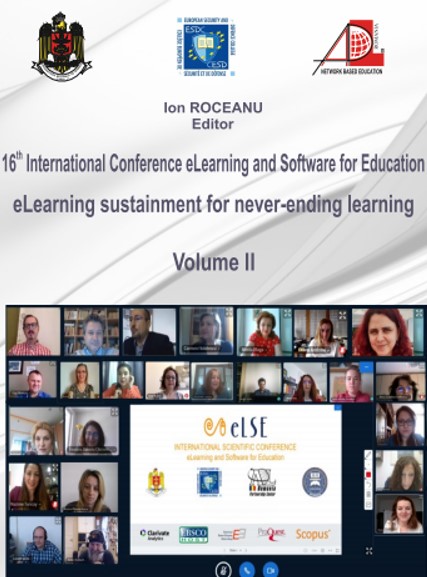DISCOVERY LEARNING BY INTERACTIVE ANIMATION MODELS
DISCOVERY LEARNING BY INTERACTIVE ANIMATION MODELS
Author(s): Veronika StoffováSubject(s): Educational Psychology, Cognitive Psychology, Methodology and research technology, Pedagogy
Published by: Carol I National Defence University Publishing House
Keywords: discovery learning; simulation models; animation; interactivity;
Summary/Abstract: Discovery learning refers to pedagogical methods, in which students learn through their own exploration in a certain topic. The goals are usually threefold: acquire deep knowledge, develop cognitive skills and increase engagement. Discovery learning and deep learning support each other and the resulting effect is much better when are applied together. Deep knowledge in this sense means that the applied information, concepts and methods have very strong roots in the long-term memory, thus the person has a higher level of understanding the subject and can apply this knowledge not only to solve standard problems but also more effectively use them for solving new situations and problems. Students by discovery learning actively create their own knowledge system and become an expert in the field of learning topic. During the learning process students spend most of the time actively working individually (or in groups), their knowledge is constructed by themselves through these activities. This requires immerse brain capacities used in a variety of forms, through which cognitive skills develop highly. Students’ joy is a key value in the whole process, to motivate them for further participation and increase their endurance. By an example of the didactic game where the task for student is to sort the subjects into a right order is demonstrated the method of discovery learning. The result of playing the game is to found of a winning strategy that guarantees the (optimal) solution the problem of sorting. The player continuously makes his/her solution more correct by repetition of game and elaborate an effective strategy which results a correct sorting algorithm. The second task for student is to recognize the algorithm, which his/her use during game (during task solving), to describe it verbally and express it in a (meta-) program language or/and by flow diagram (program flowchart). Finally, students present their own solutions and discuss their effectiveness.
Journal: Conference proceedings of »eLearning and Software for Education« (eLSE)
- Issue Year: 16/2020
- Issue No: 02
- Page Range: 246-252
- Page Count: 7
- Language: English

